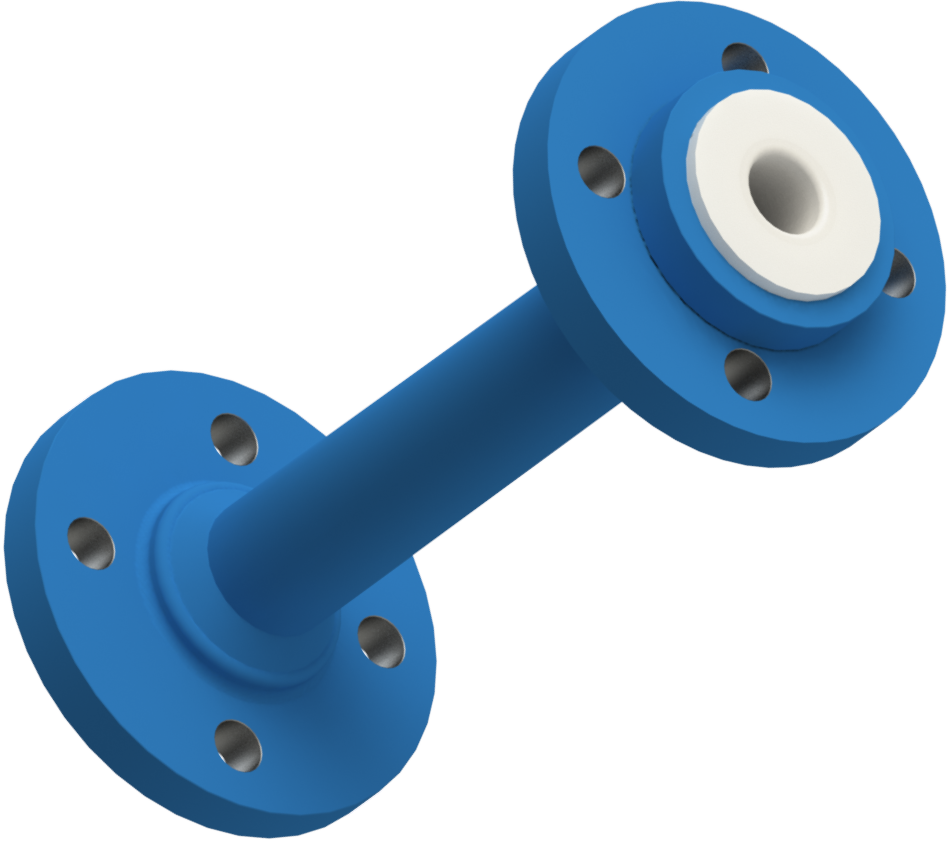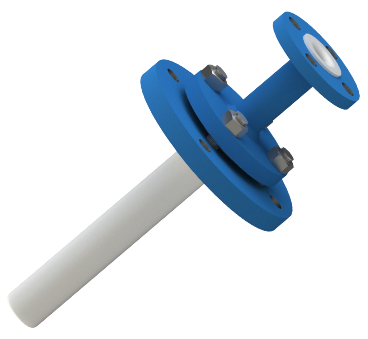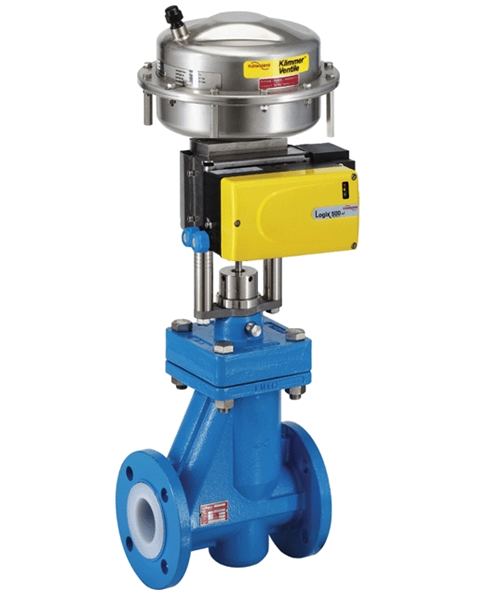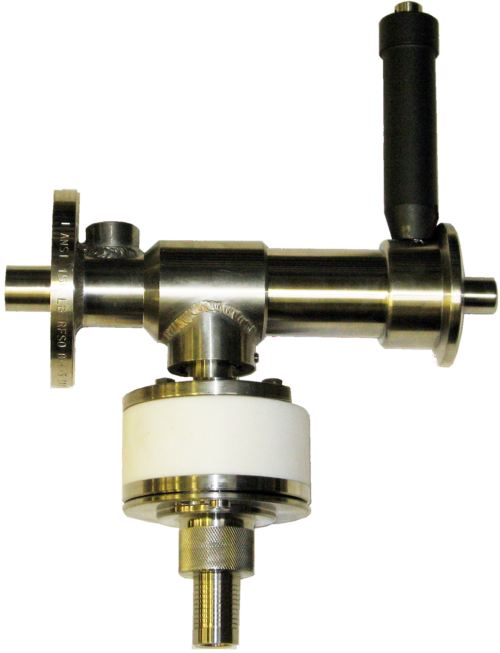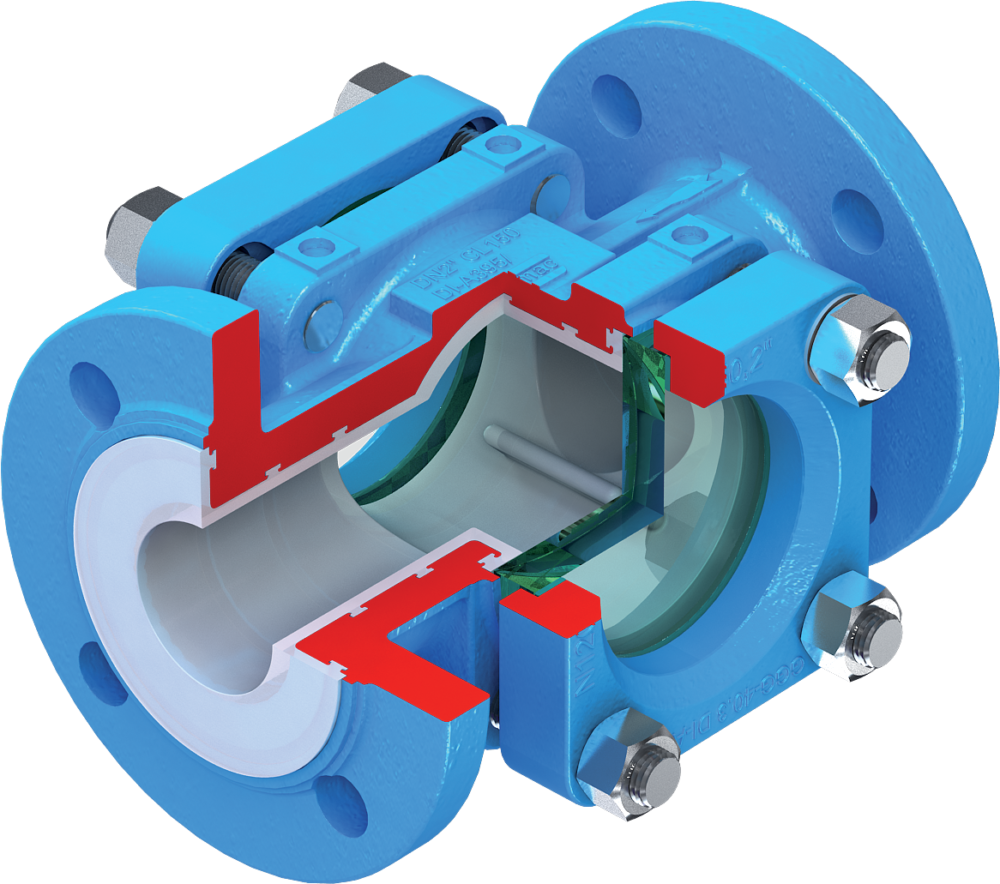ATEX & Lined Piping
Legal and Standards Framework – ATEX Directives
On the 1st of July 2003, two new EU Directives known as the ATEX directives came into force. In the UK the “Dangerous Substances and Explosive Atmospheres Regulations 2002” (DSEAR) came into force too. These regulations implemented the safety aspects of the “Chemical Agents Directive (98/24/EC)”, known as CAD, and the “Explosive Atmospheres Directive (99/92/EC)”, known as ATEX 137. The requirements of these regulations built upon part 1 of the “Health and Safety at Work Act 1974”. DSEAR requires that the employer demonstrate that he has taken all technical and/or organisational measures to reduce the risk from dangerous substances, so far as is reasonably practicable. Where the nature of the activity precludes elimination of the risk, the employer should remove initiation events, such as sources of ignition, and install equipment to mitigate the detrimental effects of an explosion or other energetic event. Where necessary these measures should be combined and/or supplemented with measures to prevent the propagation of explosions. 

While the above provides the legal framework for dealing with hazards arising from the build up of electrical charges on process equipment, “BS5958 Part 1 (1991) Code of Practice for Control of Undesirable Static Electricity – General Considerations. Section 4 – Earthing and Bonding” provides practical guidance to the plant operator on how best to earth pipework and other structures. In short the standard suggests that a maximum resistance from anywhere on a plant to earth should not exceed 10 Ohms.
Preventing Problems in PTFE Lined Piping Systems
If charge build up within pipework caused by the flow of non-conducting liquids (such as solvents) through virgin PTFE is a problem, the first step to solving this can be the use of antistatic PTFE liner. The details of this material and its properties are dealt with more fully elsewhere. For the purposes of this discussion, it should be said that the antistatic version of PTFE will allow static charge to slowly migrate from the inner surface of the PTFE to the outer surface of the PTFE, and from there it will contact the steel outer housing. However, the charge has not yet reached earth and could still prove to be lethal. Nb. Although antistatic lined piping components have two conductive flare faces between each component, these will not serve to provide a satisfactory earth path for static charge. The resistance to the flow of electrical current is too large for them to be effective.
Earthing of metallic piping components
The aim of any earthing system is to ensure that there is a path from the source of any electrical charge to earth of less than 10 Ohms. Typically this is achieved by producing an all metal route for the charge to follow. The means to achieve this varies from organisation to organisation, but typically if the pipework is all constructed of fixed flange items, it is acceptable to bolt these together using stud bolts and star washers. The star washers will bite through any paintwork on the flanges and will bite into the nuts on the studs. This provides an earth path from flange to flange. However, if rotating flanges are used, either using welded on stub ends or Conrac/Vanstone style ends, the star washer approach breaks down since it cannot guarantee earth continuity from flange to stub end. Traditionally, this problem has been tackled by welding on earthing lugs or studs onto each individual metal item. These studs of lugs are then all linked using copper earth straps. While effective, this approach is both time consuming and expensive.
Spikies
In order to address the issue of earthing rotating flanged components CRP has developed its range of Spikies® earthing washers. For further information please click here.
